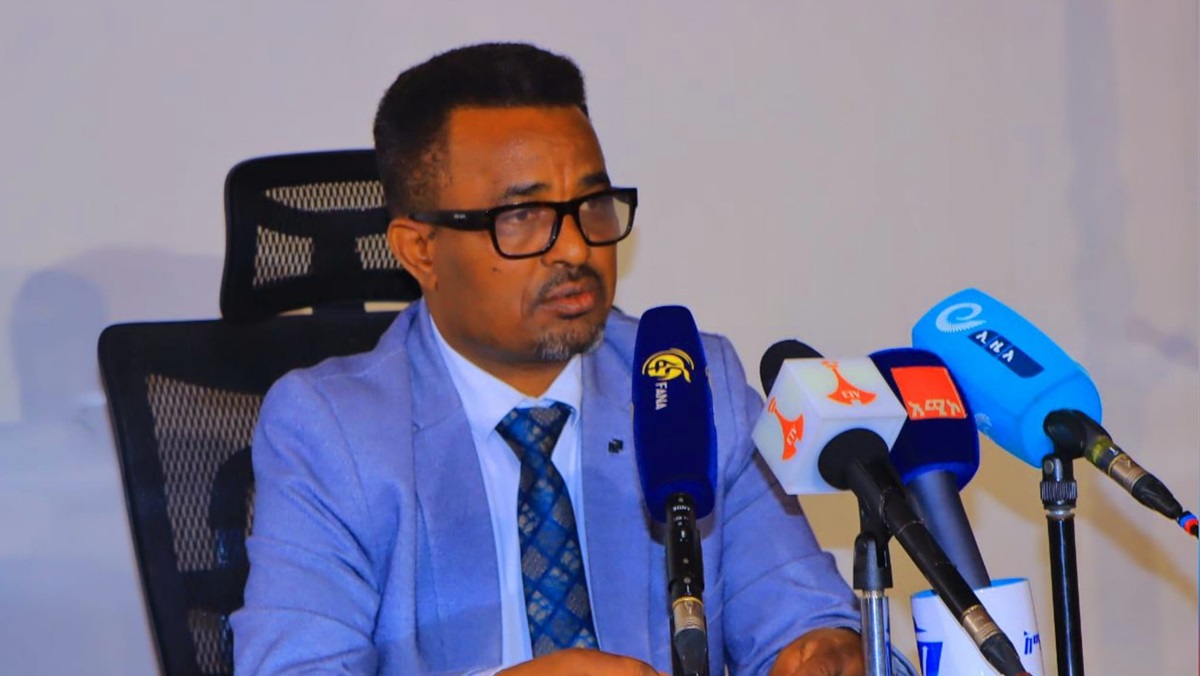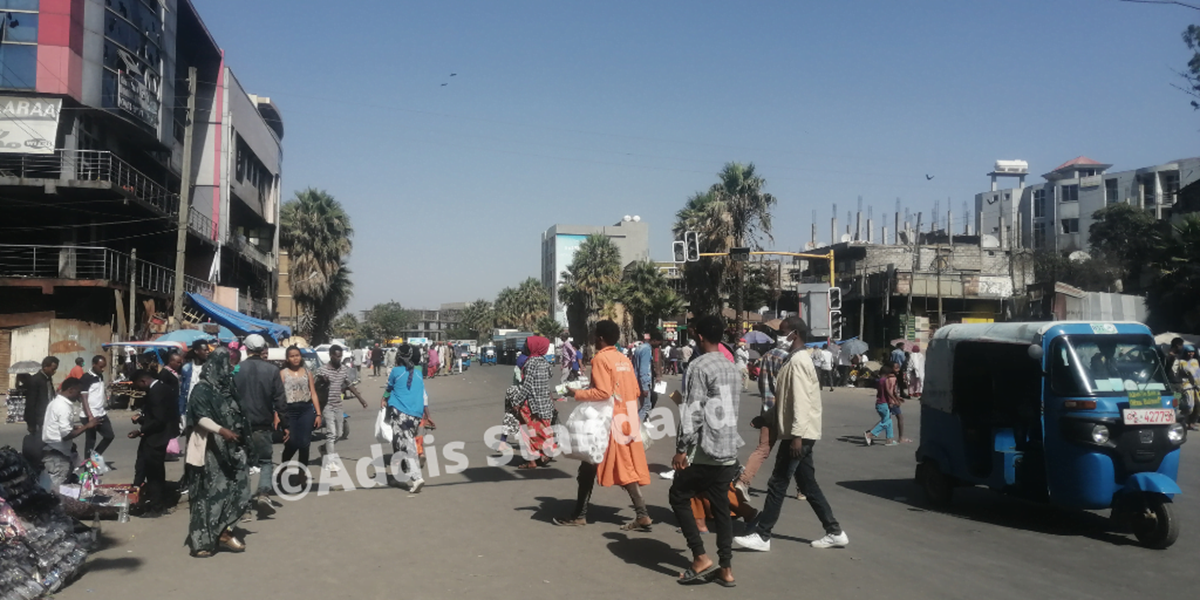News: World Meteorological Org. warns Horn of Africa faces 5th failed rainy season

Addis Abeba – Drought-stricken parts of the Greater Horn of Africa are bracing for a fifth consecutive failed rainy season, which will worsen the crisis which is impacting millions of people., according to a new report by the World Meteorological Organization.
The forecast for October to December issued at the Greater Horn of Africa Seasonal Climate Outlook Forum shows high chances of drier than average conditions across most parts of the region. In particular, the drought affected areas of Ethiopia, Kenya, and Somalia are expected to receive significantly below normal rainfall totals through until the end of the year.
“It pains me to be the bearer of bad news, when millions of people in the region have already suffered the longest drought in 40 years. Sadly, our models show with a high degree of confidence that we are entering the 5th consecutive failed rainy season in the Horn of Africa. In Ethiopia, Kenya, and Somalia, we are on the brink of an unprecedented humanitarian catastrophe,” said Dr. Guleid Artan, Director of the IGAD Climate Prediction and Applications Center (ICPAC), which is WMO’s regional climate center for East Africa.
The severity of the situation was echoed by Dr. Workneh Gebeyehu, Executive Secretary of the Inter-Governmental Authority on Development (IGAD). “I solemnly renew our call to national governments, donors, humanitarian, and development actors to adopt a no-regret strategy and help us weather the worst of this crisis.”
The drought is the longest in 40 years. Last month humanitarian agencies and IGAD raised the alarm on the number of people suffering from acute food insecurity in 2022 in the Greater Horn of Africa. This number stands at over 50 million.
“Sadly, our models show with a high degree of confidence that we are entering the 5th consecutive failed rainy season in the Horn of Africa. In Ethiopia, Kenya, and Somalia, we are on the brink of an unprecedented humanitarian catastrophe,”
Dr. Guleid Artan
The October to December season contributes up to 70% of the annual total rainfall in the equatorial parts of the Greater Horn of Africa, particularly in eastern Kenya.
The rainfall deficits are likely to extend to parts of Eritrea, most of Uganda and also Tanzania as ICPAC estimate that the start of the rainy season is likely to be delayed across much of the eastern parts of the region.
Djibouti, the eastern Afar region of Ethiopia, and central to northeastern South Sudan could receive above average precipitation. Temperatures are expected to remain warmer than average across most of the region.
The 62 session of the Greater Horn of Africa Climate Outlook Forum was convened by ICPAC in collaboration with the National Meteorological and Hydrological Services in the region and other partners. It brought together climate services providers and users from key socio-economic sectors, governmental and non-governmental organizations, decision-makers, climate scientists, and civil society stakeholders, among others, to discuss the seasonal outlook, its impacts and mitigation measures for the upcoming season.
WMO supports Regional Climate Outlook Forums throughout the world in order to provide actionable climate information for society.
Climate Risk and Early Warning Systems Initiative
The exceptional drought underlines the vulnerability of the Horn of Africa region to climate-related risks. These threats are expected to intensify because of climate change. However, hydrometerological and early warning services (EWS) have the potential to reduce the negative impacts.
To improve the availability of and access to these services, the Climate Risk and Early Warning Systems Initiative (CREWS) has launched a new US$ 5.2 million project entitled “Greater Horn of Africa – Strengthening early warning and early action systems for meteorological, hydrological and climate extremes.”
The objective of the project is to enhance the capacities for regional and national entities to produce and use climate, weather, and hydrological services, including early warning systems.
Regional activities will be centered around improving regional services to support countries to provide effective EWS and strengthening regional coordination and cooperation for effective EWS and climate services.
Support for regional centers of excellent to provide hydromet products and services will in turn contribute to the strengthening of the capacities of National Meteorological and Hydrological Services (NMHSs). The project will also provide support to the NMHSs in three countries (Ethiopia, Somalia, and Sudan) through technical assistance. Here, the project will build upon and leverage ongoing and pipeline investment projects implemented or financed by WMO, the United Nations Office for Disaster Risk Reduction, and World Bank.
In Ethiopia, activities will support reaching the last-mile. Communities with actionable EWS and ensuring early actions, and developing demand driven climate and early warning information services.
In Somalia, activities will focus on developing and delivering priority public hydromet services, and institutional Development.
In Sudan, activities will focus on strengthening community involvement in EWS and strengthening flood early warning services. Dispatch.








